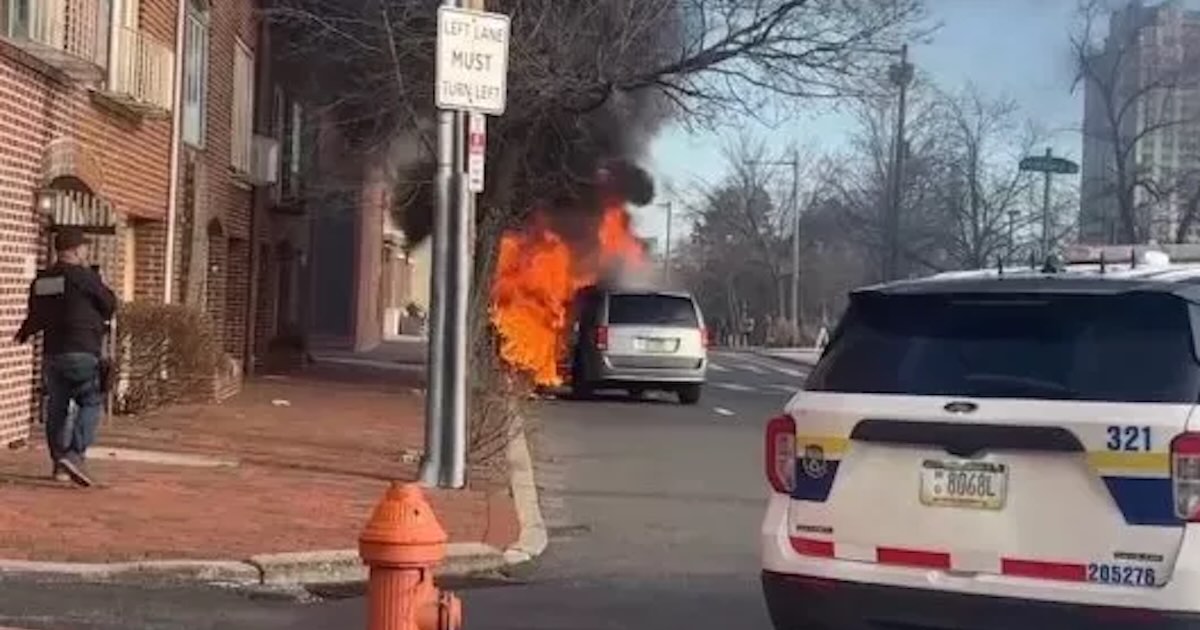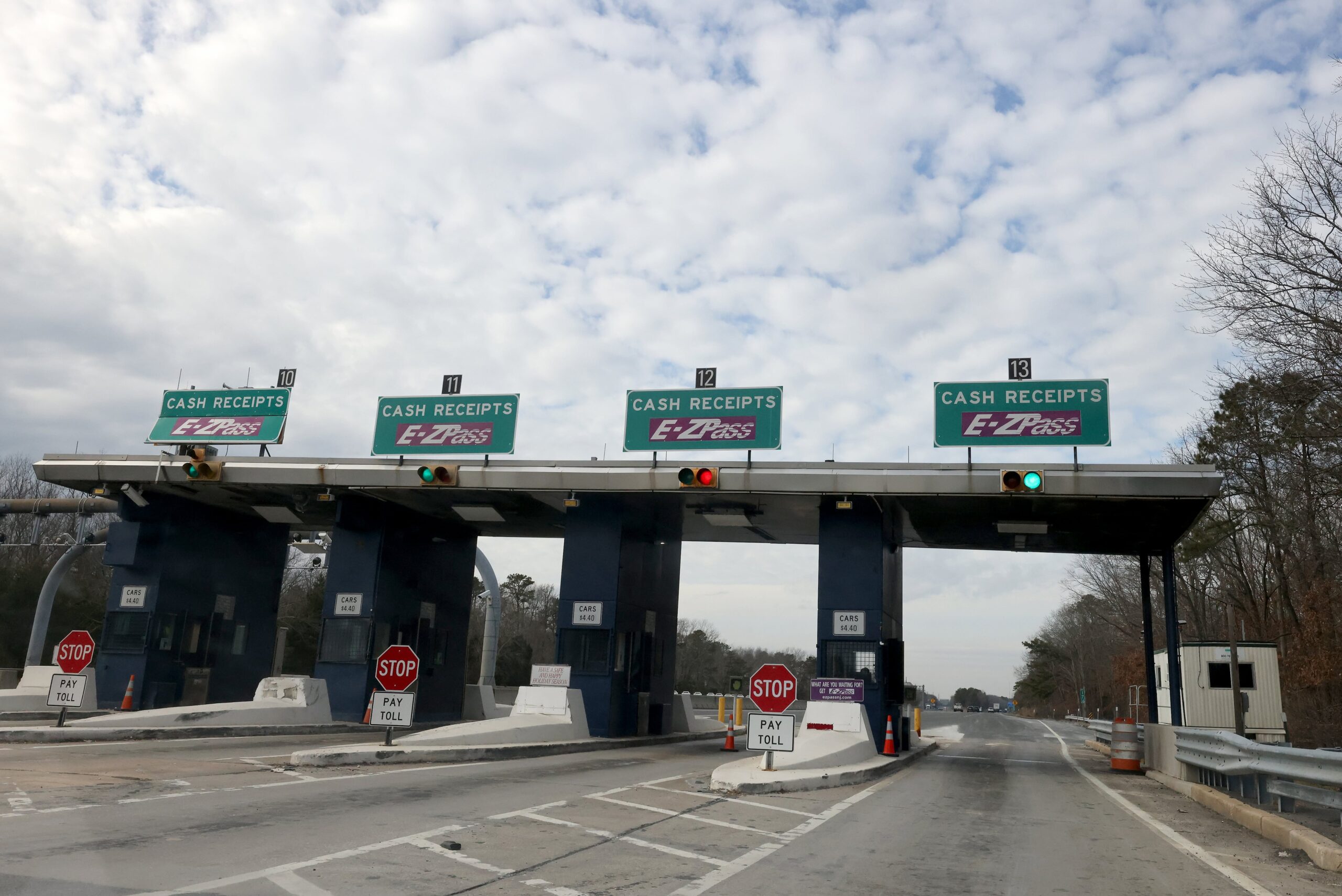A van covered in pro-Trump stickers caught fire in Staten Island, igniting a flurry of conspiracy theories online. Many supporters of former President Donald Trump speculated that the fire was a politically motivated attack.
However, authorities and the vehicle’s driver, an officer for U.S. Immigration and Customs Enforcement (ICE), have firmly denied these claims, confirming that the fire was accidental.
What Happened?
The incident occurred earlier this week when a van plastered with MAGA (Make America Great Again) slogans and Trump campaign stickers suddenly burst into flames while parked on a street in Staten Island. Eyewitnesses captured footage of the fire, and social media users quickly began circulating theories that the blaze was an act of political violence.
Given the highly charged political climate in the U.S., especially with an upcoming presidential election, many right-wing commentators claimed the fire was an attack on a Trump supporter. Some even pointed fingers at leftist groups, fueling narratives of political persecution.
However, the driver of the van, who is employed by ICE, has publicly denied these allegations. In a statement, he explained that the fire resulted from a mechanical failure rather than an act of arson or sabotage.
“I appreciate the concern, but there is no political angle to this. The van had been having issues, and unfortunately, it just caught fire,” the driver said. “There’s no reason to believe someone set it on fire intentionally.”
Conspiracy Theories and Online Misinformation
Despite the driver’s clarification and an official investigation ruling out foul play, conspiracy theories about the incident continued to spread across social media.
Some right-wing influencers suggested that the fire was an attack meant to intimidate Trump supporters. Others accused the media of covering up what they believed to be politically motivated violence.
On the other hand, some users pointed out inconsistencies in these theories. They argued that if someone had truly set the van on fire, there would be evidence of accelerants or forced entry—neither of which were found in the investigation.
Authorities also confirmed that the fire resulted from a mechanical issue within the vehicle and that there were no signs of external interference. Despite this, many online commenters remained skeptical, demonstrating how misinformation can persist even in the face of factual evidence.
The Bigger Picture: Misinformation in the Digital Age
The rapid spread of false or misleading narratives regarding the van fire highlights a broader issue in today’s digital age: the difficulty of controlling misinformation once it takes hold on social media.
Conspiracy theories have become a common occurrence in U.S. politics, particularly surrounding high-profile events. The ease of spreading information online means that even baseless claims can gain traction before official reports emerge.
Political experts suggest that this incident is a reminder of how quickly narratives can spiral out of control and why critical thinking and fact-checking remain essential.
Final Thoughts
Although the Staten Island van fire was confirmed to be accidental, the controversy surrounding it demonstrates the deeply polarized political climate in the U.S. The continued spread of misinformation, even after authorities provided clear explanations, underscores the challenges of combating conspiracy theories online.
For now, the driver has moved on from the incident, but the debate surrounding it reflects the ongoing struggle between fact-based reporting and viral misinformation in American politics.








